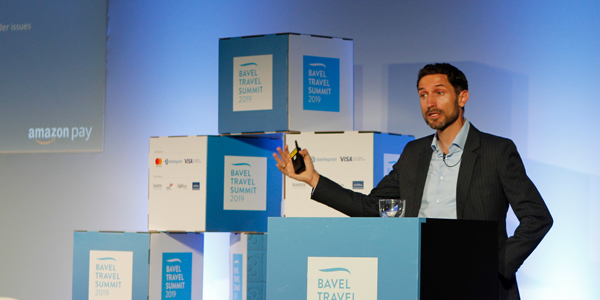According to a study by Expedia Group, the key to long-term loyalty for travel brands comes from creating memorable experiences based on superior products and personalized service. However, the study revealed that while brands say they are aware of it, they still rely primarily on discounts and coupons to drive loyalty strategies, a practice that is waning in effectiveness and sustainability.
To Amazon Pay, travel companies should focus on providing personalised services. As stated by the electronic commerce company, nowadays customers are looking for a tangible profit when interacting on the Internet. When a customer interacts with an online company, they want to know what are they going to get in return instead of the traditional loyalty strategies such as earning points or social status, like gold loyalty cards of an airline.
Thomas Gmelch, Head of Travel & Mobility at Amazon Pay, at the baVel Travel Summit held last May in Barcelona, assured that the most powerful tool to build personalised and quality products and services is the information that users provide. “The personal data is the currency that everyone of us has on the Internet. Users are willing to give it out to retailers but only if they get something tangible in return”, explained Gmelch.
In that direction, one of the challenges that Amazon Pay is currently facing is creating relevant and personalised user experience from the information provided by users who can then interact with it wherever and whenever they want. A concept that Amazon Pay refers to ‘Experience Optimization’.
Nevertheless, we will need a post-analysis of the information provided in order to understand our customer needs. “We need to get inside our customers heads and understand which are the features that distinguish our website from our competition and try to strengthen them. On the other hand, we’ll need to identify our website’s inefficiencies to find out why our customers decide to abandon our checkout”. According to Gmelch, the inefficiencies can be caused by multiple factors, such as the display of our products on the website or the number of payment methods offered, an aspect that is taking more relevance among users.
This is reflected in the abandonment rates. Only in 2017, the abandonment shopping cart value went up to 3 trillions dollars. And, the majority of the abandonments were linked to the user experience: the process took too long or it was too complex or due to the lack of payment options.
Offering multiple interaction channels, such as website, app or voice channels like Alexa, via multiple devices or raising the number of payment options can be distinguishing aspects of a website to help you boost conversions. “Instead of thinking about the next pricing strategy, we should invest in optimizing the experience to get ahead of the competition”, assured Gmelch.
Therefore, optimizing the experience of the user must be the key element of a website. As then, we will create customised and quality services to help create memorable experiences to our customers without affecting the sustainability of a company and boosting its loyalty rate.











